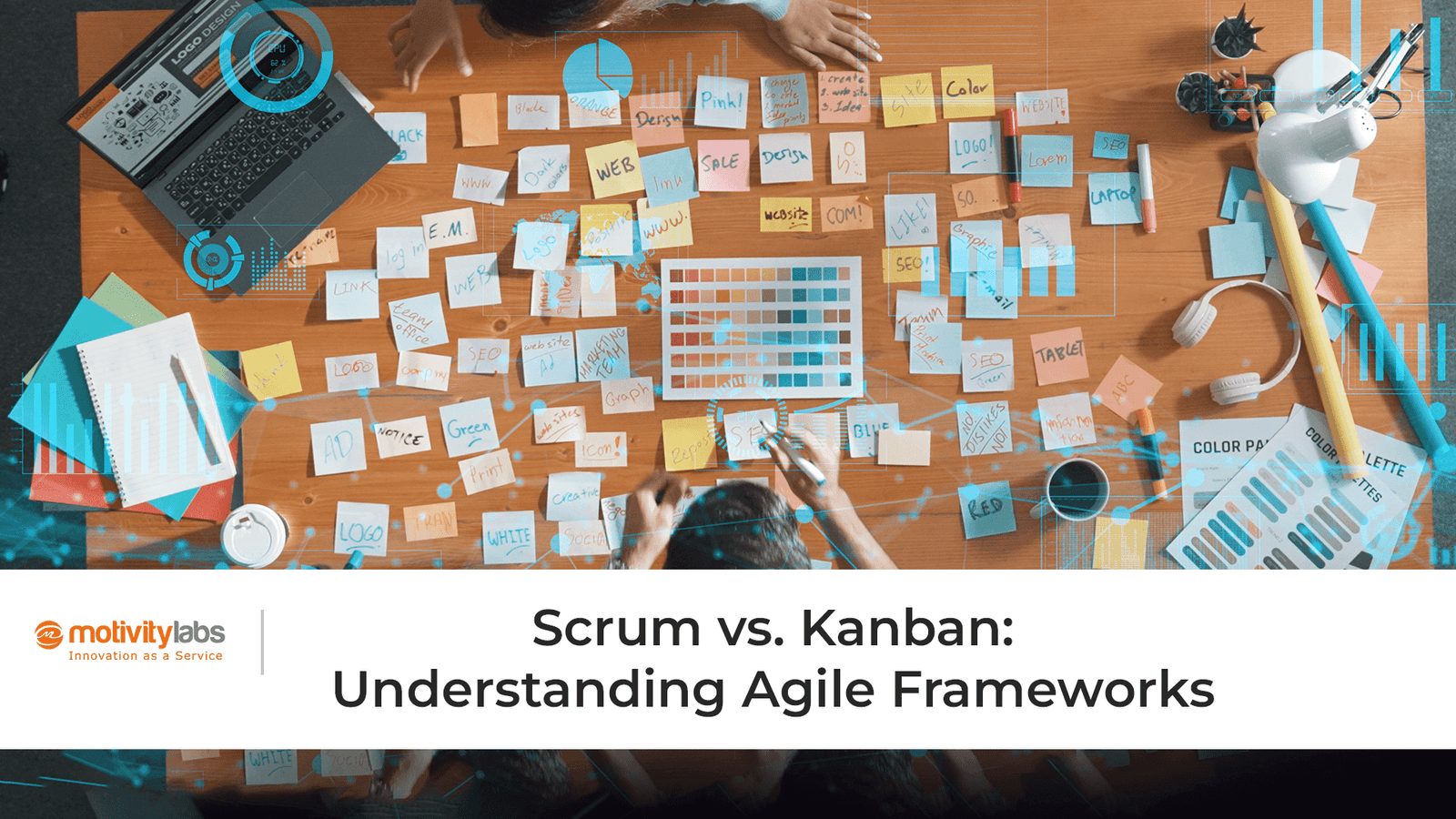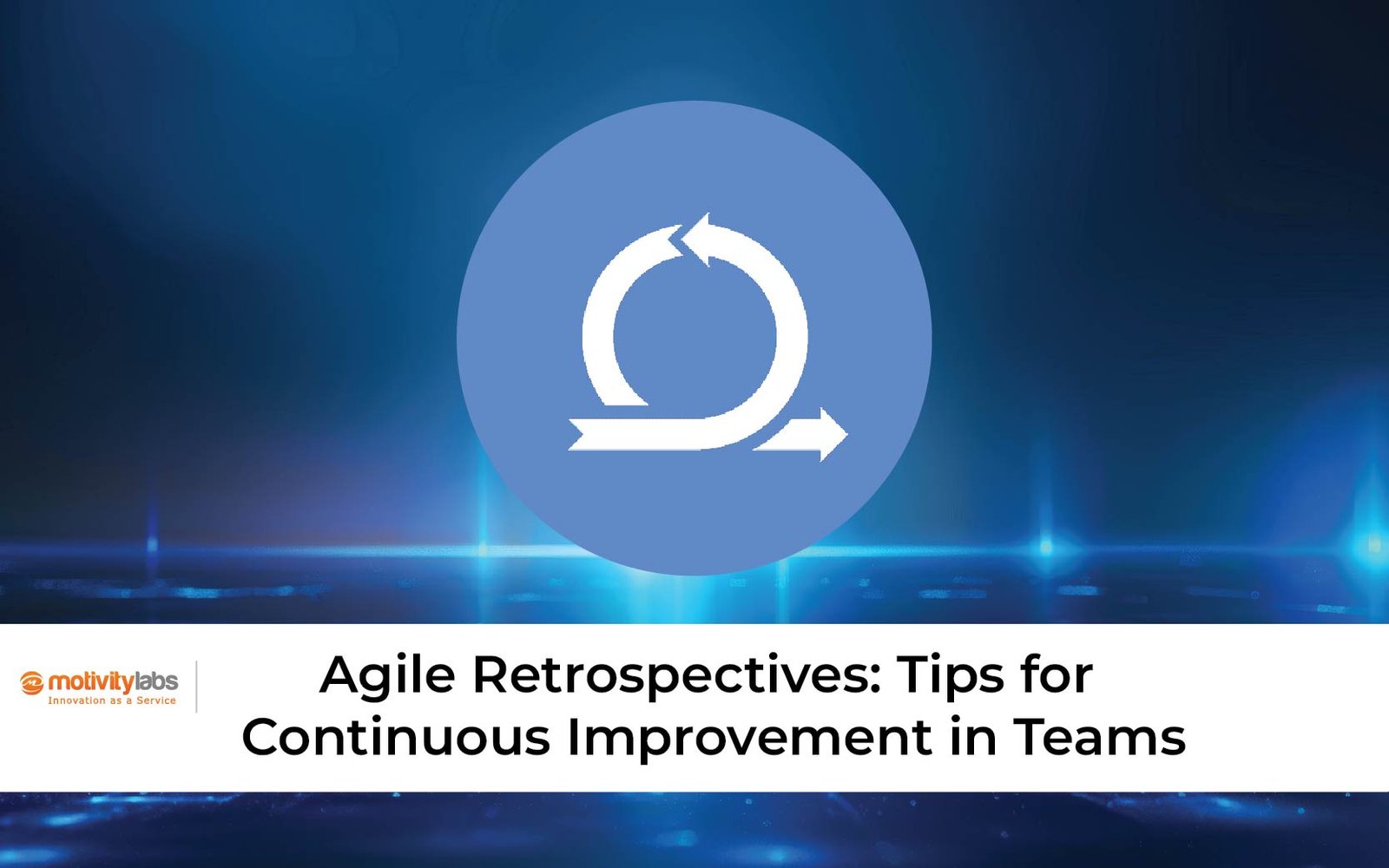In project management, choosing an equitable methodology can be the difference between success and failure. Two of the most commonly debated approaches are Agile and Waterfall, each offering distinct advantages depending on the project. Oftentimes, which methodology to use depends on your project’s needs, timeline, and flexibility requirements.
Understanding the strengths and limitations can help you make an informed choice that aligns with your business goals. Let us dive into the key differences between Agile and Waterfall to determine which methodology best suits your next project.
Understanding Waterfall
Waterfall is one of the oldest and most traditional project management approaches. Think of it like following a strict set of steps in a process. It is linear and sequential. The idea is to complete each stage of the process before moving on to the next. These phases typically include:
- Requirement gathering
- System design
- Implementation
- Testing
- Deployment
You cannot go back without disrupting the flow once a phase is completed. It flows like a river with a defined path. It moves forward step by step, leaving no room for detours.
When to Use Waterfall:
- Projects with comprehensible, fixed requirements
- Projects that require extensive documentation
- Large-scale projects where changes are unlikely to happen frequently
- Industries like construction or manufacturing, where processes are predictable and linear
Understanding Agile
Agile, on the other hand, is all about flexibility and iterative progress. It focuses on delivering smaller project pieces in short cycles or “sprints.” Unlike Waterfall, Agile allows for adjustments and refinements, making it more adaptable to change. The Agile methodology consists of several principles that guide project teams:
- Iterative cycles of development
- Collaboration with clients and stakeholders
- Continuous feedback loops
- Flexibility in responding to changes
Agile thrives in environments where speed, adaptability, and collaboration are essential. Teams frequently release new updates or versions of a product and refine them based on real-time feedback.
When to Use Agile:
- Projects where requirements are likely to evolve over time
- Software development, where quick changes are common
- Creative and innovative projects that require rapid prototyping
- Startups or businesses aiming to bring products to market quickly and continuously improve them.
Key Differences Between Agile and Waterfall
Choosing between Agile and Waterfall starts with understanding how each approach handles planning, execution, and change. While both aim to deliver successful outcomes, they differ in how teams work, respond to challenges, and manage progress.
1. Flexibility vs. Predictability
The Waterfall is rigid, focusing on a detailed plan and following it through. Once the project starts, there is minimal flexibility. On the other hand, Agile is inherently flexible. With Agile, requirements can change throughout the process, making it ideal for projects where the end goal may evolve.
2. Documentation
Waterfall emphasizes thorough documentation at each stage, which can be a benefit when large teams or external stakeholders are involved. Agile values working software over comprehensive documentation. While documentation still plays a role, Agile focuses on results that can be tested and improved upon.
3. Risk Management
Waterfall projects can encounter risks later in the process. Problems in one phase may not be discovered until several steps have been completed. Agile’s incremental approach reduces risks by revealing issues early, allowing teams to address them before they snowball into huge problems.
4. Project Length
Waterfall is commonly used for projects that require thorough planning up front and have longer timelines. Agile is better suited for projects that evolve quickly, as it focuses on shorter development cycles.
Which Methodology is Right for Your Project?
According to the Standish Group’s CHAOS Report, Agile projects have a 64% success rate compared to 36% for Waterfall, making Agile 28% more successful overall. This highlights the importance of flexibility and adaptability in today’s fast-paced project environments.
Choosing between Agile and Waterfall is about understanding the nature of your project and your team’s needs. Here are a few questions to ask yourself when deciding:
- Are the requirements fixed or likely to change?
If your project’s requirements are clearly defined from the start, Waterfall may be a suitable choice. However, if you anticipate frequent changes or refinements, Agile will allow your team to adapt more quickly.
- What is the project timeline?
Waterfall is well-suited for long-term projects with a clear, defined timeline. If you need to deliver something quickly, Agile can get you moving with incremental releases that allow for early feedback.
- How do you handle feedback?
Agile thrives in environments where continuous feedback and collaboration are central. If you need to collaborate closely with clients or stakeholders throughout the project, Agile is the right choice.
- What is the scale of the project?
Waterfall can handle enormous, more complex projects that require heavy documentation, such as infrastructure or construction projects. Agile is better for dynamic, fast-paced projects, particularly tech and innovation.
Pros and Cons of Agile and Waterfall
Every project management approach comes with its strengths and trade-offs. Understanding the pros and cons of Agile and Waterfall can help you decide which one aligns better with your goals, team structure, and project type. Let us take a closer look at how each methodology stacks up.
Waterfall
Waterfall follows a structured process in which each stage is completed before moving on to the next. It is built on careful planning and detailed documentation, making it suitable for projects with clearly defined outcomes.
Pros:
- Clear, predictable milestones
- Detailed documentation
- Well-suited for large, complex projects with fixed requirements
Cons:
- Limited flexibility to accommodate changes
- Risk of discovering issues too late
- Slower to react to market changes or feedback.
Agile
Agile is designed for flexibility and speed. Agile promotes collaboration, continuous improvement, and the frequent delivery of smaller project components. This approach is well-suited for dynamic environments where change is constant.
Pros:
- Flexible and adaptable to changes
- Faster delivery of smaller, workable components
- Continuous feedback leads to higher-quality outputs
Cons:
- Can be chaotic if not managed properly
- Less emphasis on comprehensive documentation
- May not be ideal for larger, more rigid projects
Hybrid Approach: Combining the Best of Both Worlds
Sometimes, the best approach is not about choosing one methodology over the other. Numerous organizations are finding success with a hybrid approach that combines the flexibility of Agile with the structure of Waterfall.
For instance, you might start with Waterfall to plan out the major stages and milestones of a project. Then, once the high-level framework is in place, Agile can be used to develop and refine the product in short sprints. This approach allows you to maintain predictability while incorporating flexibility where needed.
The Right Choice for Your Project
Ultimately, both Agile and Waterfall offer distinct advantages. Waterfall’s structure works well for predictable, long-term projects, while Agile’s flexibility is a considerable fit for fast-paced, evolving work environments. When making the choice, consider the nature of your project, the needs of your stakeholders, and how your team operates.
Motivity Labs understands the importance of choosing an accurate methodology for your business. Whether an organization is handling a straightforward IT infrastructure build or a dynamic software development project, Motivity Labs offers expert guidance through the decision-making process. This ensures that clients are equipped to succeed with the best project management approach for their teams.
Regardless of the scope or timeline of the project, Motivity Labs believes the right methodology is crucial. The right approach can streamline processes, boost productivity, and accelerate the achievement of goals.



